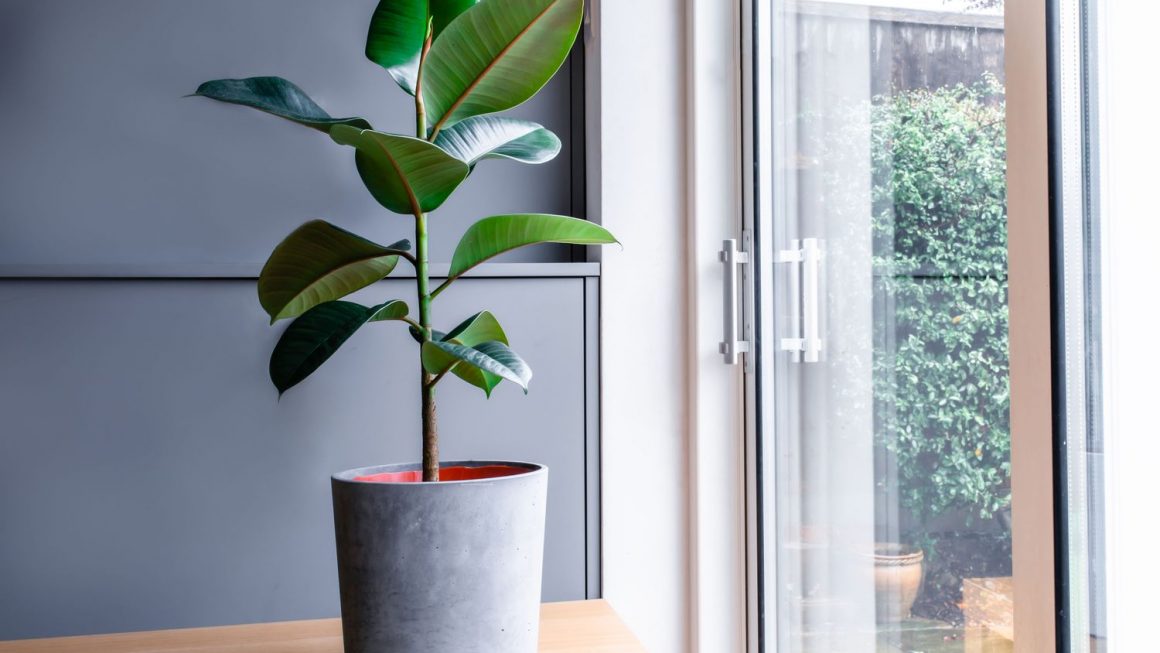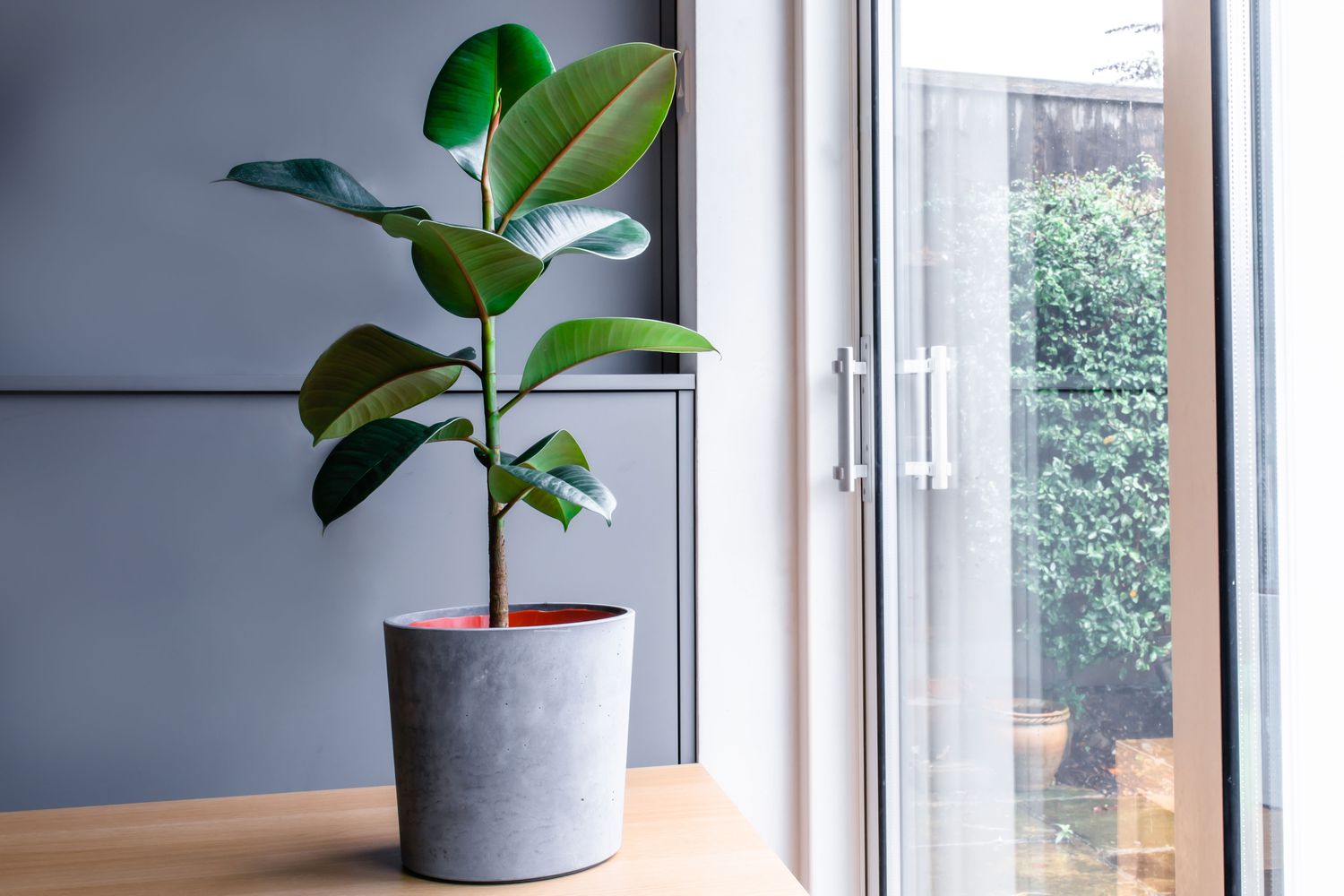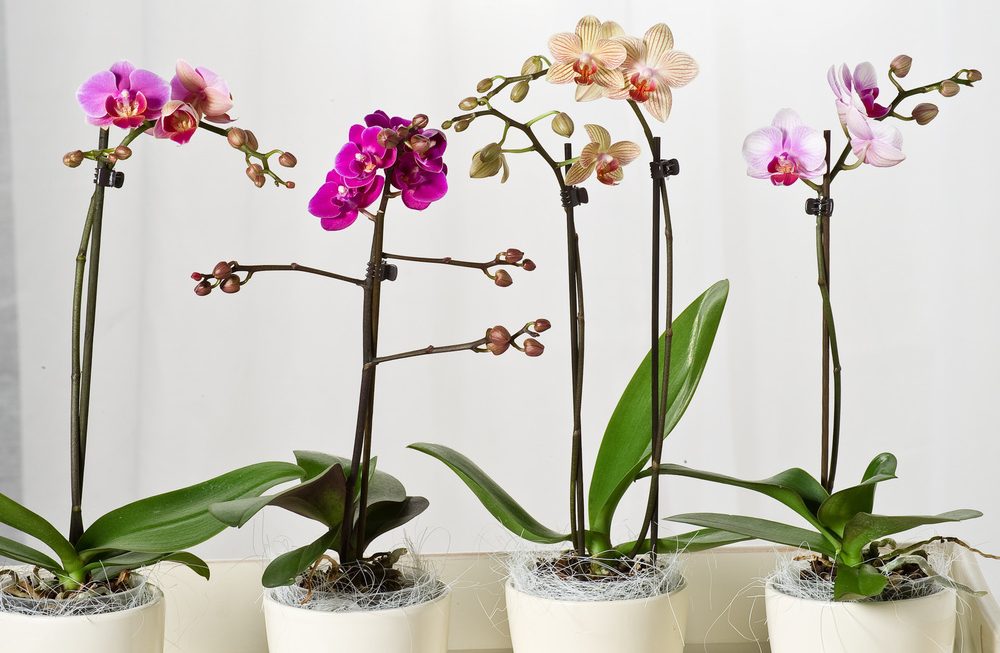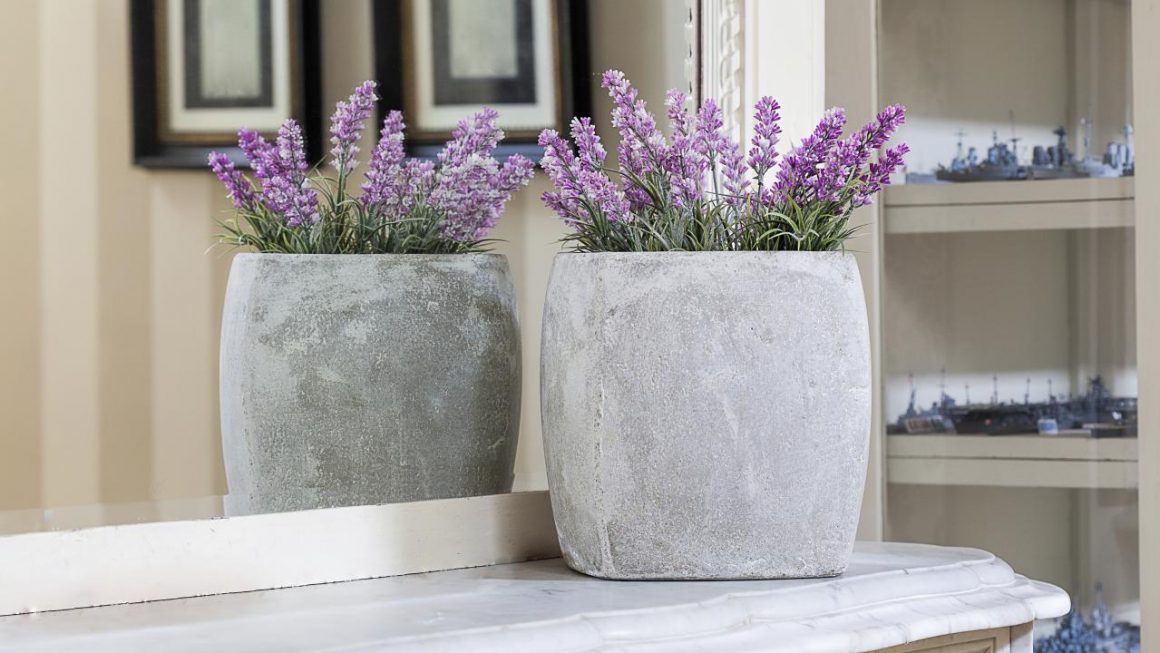Ficus, with its diverse varieties, adds a touch of lush greenery and elegance to indoor spaces. Whether you have a Ficus lyrata (Fiddle Leaf Fig) or a Ficus elastica (Rubber Plant), proper care is essential to ensure these plants thrive inside your home. In this blog post, we’ll explore the fundamental steps to successfully maintain Caring for Ficus plants, making them a beautiful and vibrant addition to your indoor environment.
Choosing the Right Ficus Variety:
- Ficus lyrata (Fiddle Leaf Fig): Known for its large, violin-shaped leaves, the Fiddle Leaf Fig is a popular choice for interior decor. It prefers bright, indirect light.
- Ficus elastica (Rubber Plant): With its glossy, burgundy or green leaves, the Rubber Plant is adaptable to various light conditions, making it suitable for different indoor spaces.
Providing Adequate Light:
- ndirect Sunlight: Most Ficus varieties thrive in bright, indirect light. Avoid placing them in direct sunlight for extended periods, as this can lead to leaf burn.
- Adjusting Light Exposure: Some Ficus plants, like the Rubber Plant, can tolerate lower light conditions. Adjust the placement based on the specific light requirements of your chosen Ficus variety.

Optimal Watering Habits:
- Consistent Moisture: Keep the soil consistently moist but not waterlogged. Allow the top inch of the soil to dry out before watering again.
- Adjusting Watering Frequency: During the growing season, typically spring and summer, Ficus plants may need more frequent watering. Reduce watering in the dormant winter months.
Maintaining Humidity:
- Humidity Levels: Ficus plants appreciate higher humidity levels. You can increase humidity by misting the leaves regularly or placing a tray of water near the plant.
- Grouping Plants: Grouping Ficus plants together can create a microclimate with higher humidity around them.

Fertilizing Routine:
- Balanced Fertilizer: Use a balanced liquid fertilizer during the growing season (spring and summer) every 2-4 weeks. Reduce or eliminate fertilization in the dormant season.
Pruning for Shape and Size:
- Pruning Tips: Prune Ficus plants to control their size and shape. Remove any yellow or damaged leaves and encourage a bushier growth by cutting back leggy stems.
- Caution with Sap: Ficus plants excrete a white, milky sap that may irritate the skin. Wear gloves and be cautious while pruning.
Dealing with Common Issues:
- Yellowing Leaves: Yellow leaves may indicate overwatering, underwatering, or stress. Adjust watering habits and ensure the plant is in the appropriate light conditions.
- Pests: Keep an eye out for common pests like spider mites or scale insects. Wipe leaves regularly and treat with insecticidal soap if needed.

Caring for Ficus plants in your home can be a rewarding experience, bringing a touch of nature and elegance indoors. By providing the right light, water, and attention to their specific needs, you can enjoy the beauty and benefits of these versatile and resilient indoor plants.






